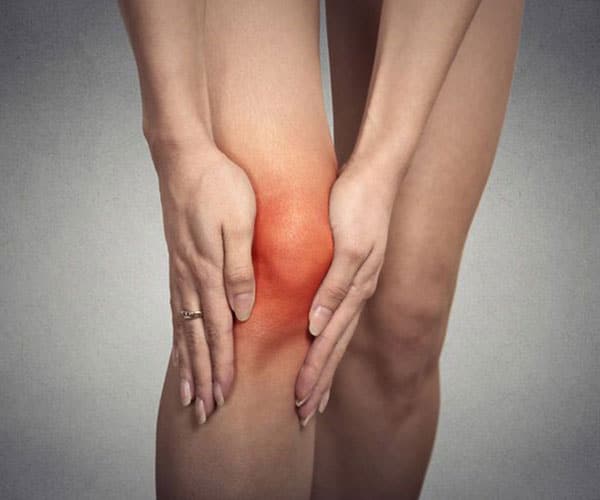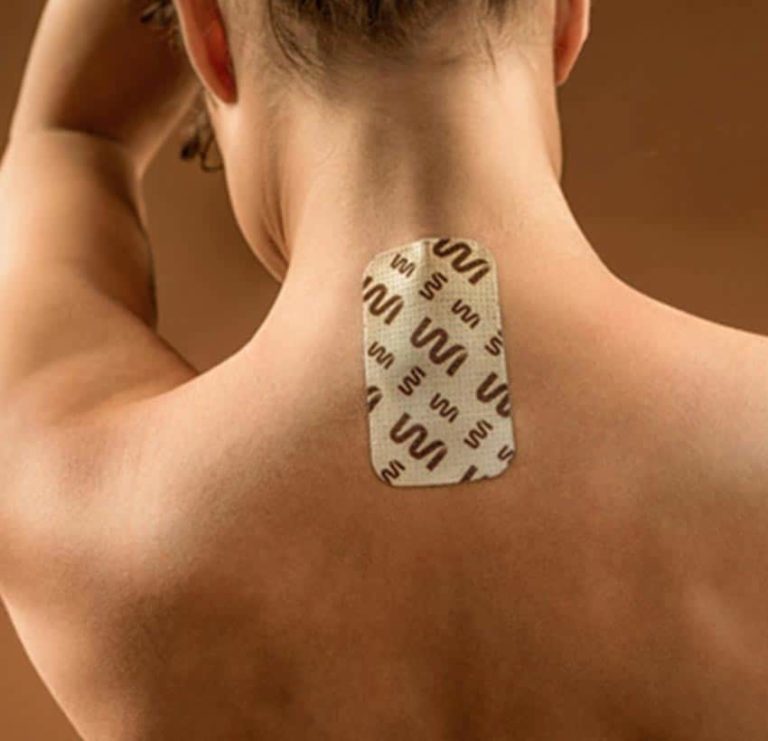
Reprogramming your relationship with pain: The revolutionary STIMCARE approach
Are you in pain and feeling discouraged? Don't be fooled: pain doesn't mean weakness.
L'inflammation of the crow's feet is generally more common in overweight people with osteoarthritis of the knee. Diabetics are also prone to this type of injury.
It occurs often among athletesThis can be the result of trauma, flat feet or a bony prominence in the middle of the knee that irritates the tendons through friction.
Crow's feet tendonitis can also occur as a result of retraction of the posterior thigh muscles, or if the knee is out of alignment.

The pain is the main symptomIt may be accompanied by swelling. Pain that appears on waking, walking or exercising, and then subsides. Pain is felt inside the knee joint and worsens with flexion and external rotation of the knee, while rest brings some relief.
Pain occurs when getting up from a chair or bed, or when getting out of the car, to name but a few specific situations. Often, the patient is unable to kneel or descend stairs. The pain is constantThe result can be sleep disturbances. This can lead to sleep disturbances. The concomitant presence of arthritis or medial dislocation of the knee can complicate the clinical picture after trauma to the knee joint.
Frequently, the medial collateral ligament is also affected if the patient has suffered trauma to the medial side of the knee joint. In cases of chronic inflammation, calcification of the crow's-foot bursa can occur.

First of all, a consultation with a specialist doctor (orthopedics, rheumatology or sports medicine) is essential. Details to check:
Complementary examinations for crow's feet tendonitis include conventional radiological examinations of the knee, which may reveal calcifications of the bursa. There may also be calcifications of the tendons of the crow's-foot muscles. This may be the result of chronic inflammation (i.e. over a long period of time).
Simply apply the patch by following our tutorial videos, available in French only. here to guide you every step of the way.
If you have any questions about how to apply the patch, send your request to sante@stimcareonline.com. A therapist trained and certified to apply STIMCARE patches will take the time to answer your questions.

Visit STIMCARE patches can be used after surgery (30 to 45 days after the operation, once the wound is well closed and free of stitches). Non-transdermal, patches are a natural way to enhance tissue regeneration and optimal recovery.

Are you in pain and feeling discouraged? Don't be fooled: pain doesn't mean weakness.

Menstrual pain, joint inflammation, digestive tension... a wider range of uses than you might think.

How metal oxides provide natural relief :
Understanding STIMCARE technology
Do you have any questions about using patches?
Stimcare - Tortel Industries, 2761 Les Rouvières, 26220 Dieulefit, France (excluding French overseas departments and territories)